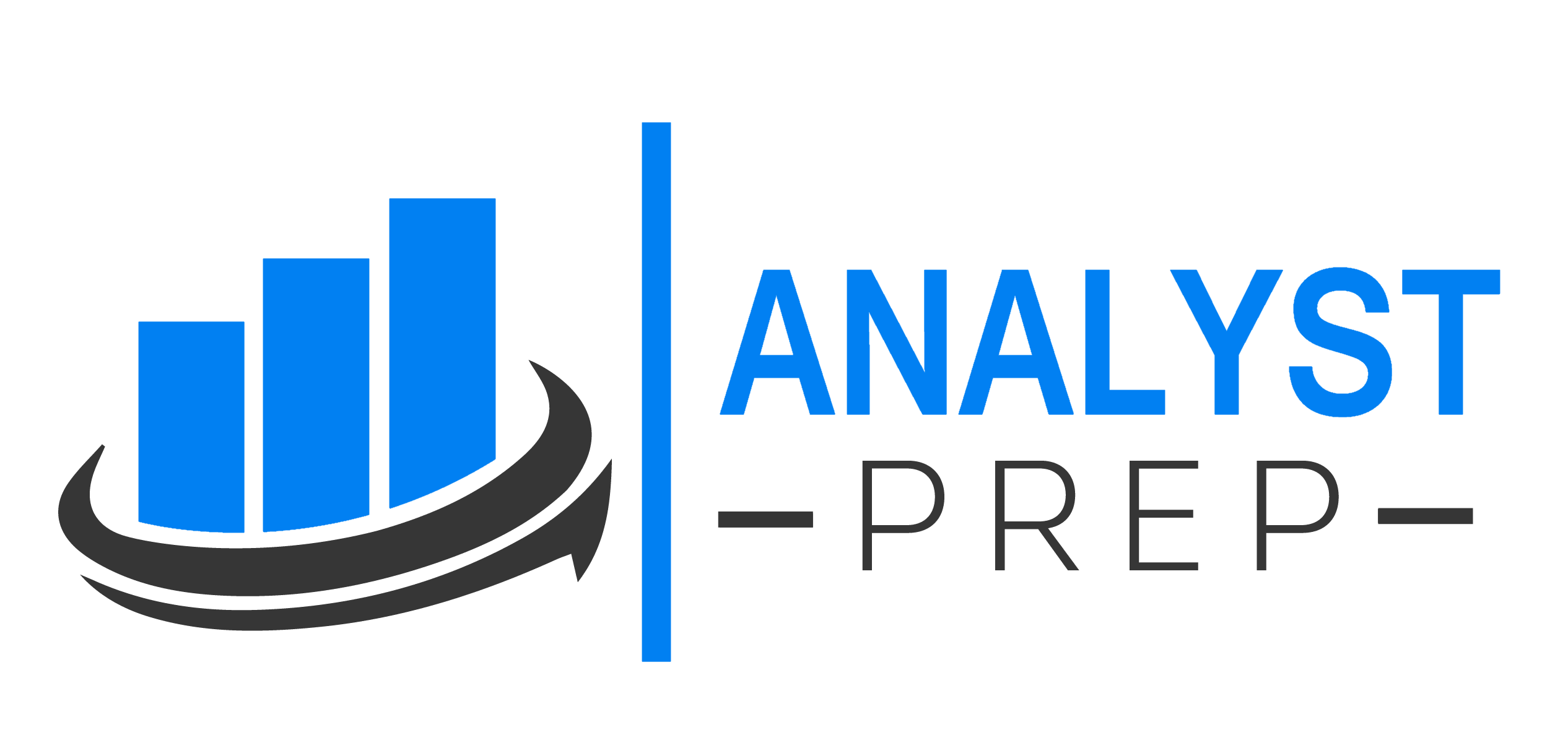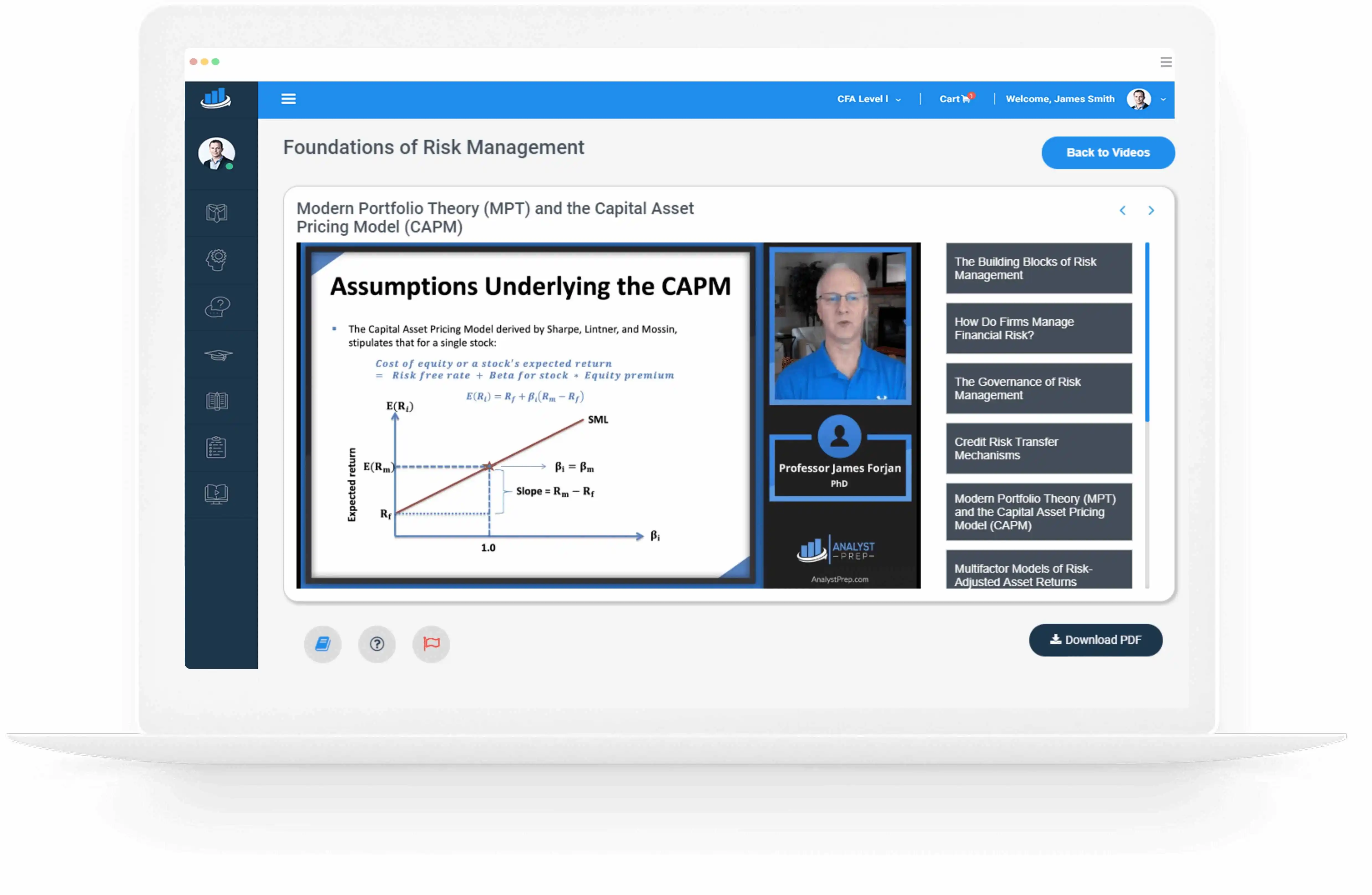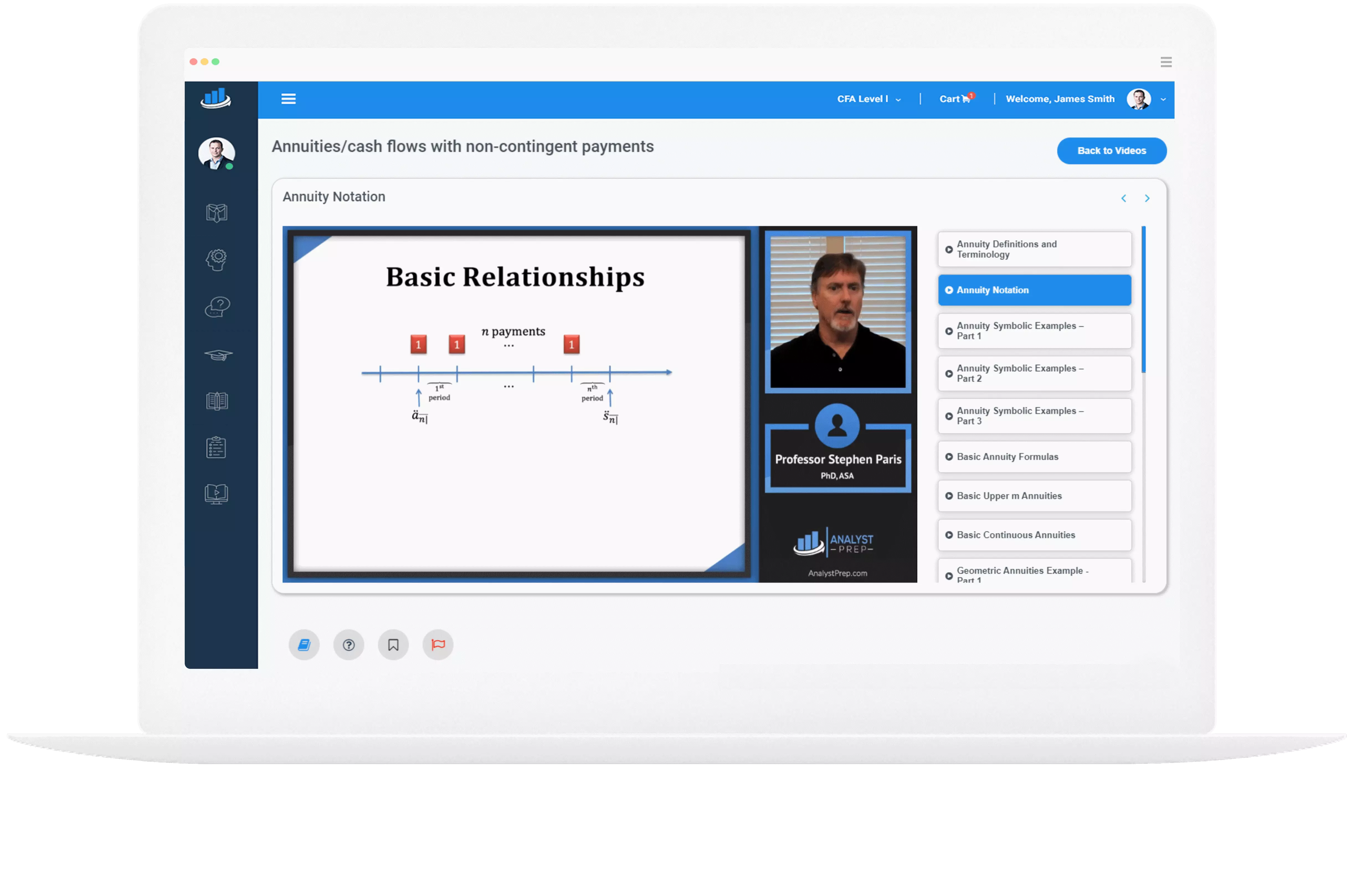Impairment and Derecognition of PPE and Intangible Assets
While depreciation and amortization spread the cost of a long-lived asset over its useful life, impairment charges address unexpected value decreases. An asset is impaired when its carrying amount is higher than its recoverable amount. International Financial Reporting Standards (IFRS)…
Intangible Assets
Intangible assets, from its name, are assets that lack physical substance. Intangible assets encompass items with exclusive rights like patents, copyrights, trademarks, and franchises. According to IFRS, identifiable intangible assets must meet three definitional criteria: it must be separable or…
Presentations and Disclosures Relating to Inventories
Presentation and Disclosures Relating to Inventories IFRS Disclosure Requirements: Under IFRS, companies must include the following information in their financial statements regarding inventories: Accounting Policies: The accounting policies adopted for measuring inventories, including the cost formula (inventory valuation method) used….
Inflation and Deflation of Inventory Costs
Rising inventory costs (inflation) or declining inventory costs (deflation) can significantly impact a company’s financial statements, depending on the inventory valuation method used. Differences in the selected valuation method can affect companies’ comparability when doing financial ratio analysis. FIFO Method…
Measurement of Inventory
The type of inventory valuation can affect the inventory carrying amounts and the cost of sales. Consequently, financial items such as current assets, total assets, and net income are impacted. As such, analysts should analyze financial statements and accompanying notes…
Interpret Cash Flow to the firm
Evaluating Free CashFlow Recall that it is important for operating cash flows to adequately cover capital expenditures. The surplus of operating cash flow after accounting for capital expenditures is called free cash flow. In company valuation aspects, such as assessing…
Common-size Cash Flow Statements
Users of financial statements can obtain helpful information about a company by analyzing its cash flow statement. This can help them understand the company’s business and earnings and predict its future cash flows. The tools and techniques used in analyzing…
Cash Flow Statement Under US GAAP and IFRS
Several differences exist between how the cash flow statement is prepared under IFRS and US GAAP. The most significant difference is that IFRS gives companies more flexibility regarding how interest is paid or received, how dividends paid or received are…
Indirect to Direct Method
Sometimes, a company may prepare the cash flow from the operations section of its cash flow statement using an indirect method. However, users of its financial statements may desire to review the direct-format cash flow from operations. This may arise…
Preparation of Direct and Indirect Cash Flows
The first step in preparing the cash flow statement involves the determination of the total cash flows from operating activities. The cash flow from the operations section of the cash flow statement can be presented using either the direct or…




